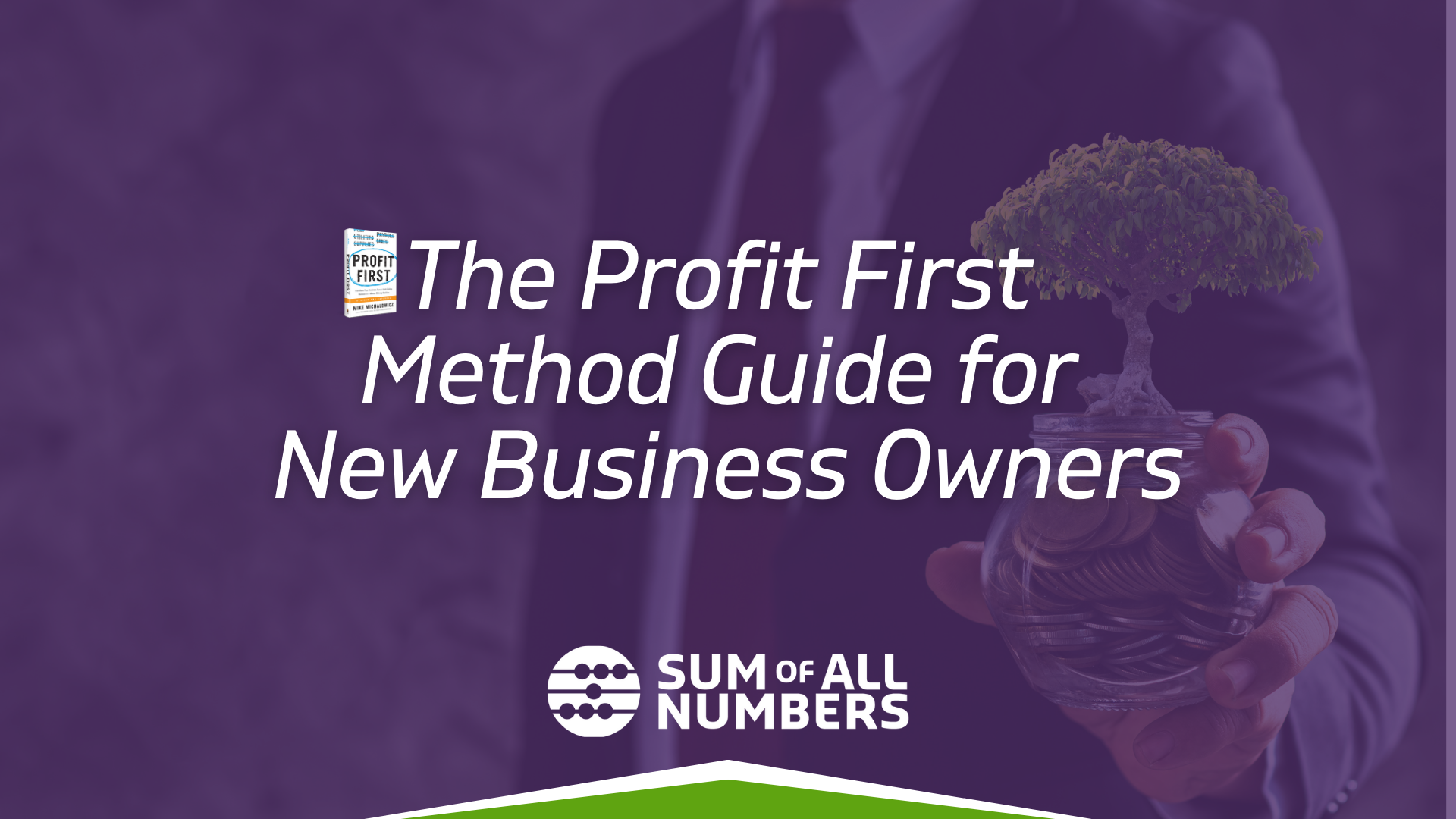It’s always challenging to run your own business, and the current coronavirus outbreak doesn’t make it any easier. With several issues concerning supply and demand, many businesses are having problems with their cash flow. Some businesses have shut down completely while others suspended operations to cut losses. Want to know your Target Allocation Percentage? Try our Profit First calculator here!
If your business is having trouble making money right now, you might want to try a different financial approach. The Profit First method is a good start in changing up your business philosophy.
What is Profit First?
The Profit First strategy was created and published by Mike Michalowicz in his well-written book to teach business owners how to make more money by simply changing up the profit equation. The generally accepted accounting principle teaches us that profit is a result of subtracting the total expenses from the total income, but the Profit First mentality switches it up a little bit by taking the profit out first.
While it makes sense to set aside money for expenses first, it doesn’t guarantee that there will always be profit, only that the expenses will be paid. The Profit First formula gives the profit portion the highest priority: Sales – Profit = Expenses. This isn’t just a semantic change of variables, it also affects how you look at your business psychologically because you’re now thinking about the profit more than the expenses, as you should according to Michalowicz.
How Does Profit First Work?
The main objective of the Profit First strategy is to follow an organized system for your finances and help your business secure long-term success. When you run a business, you normally think of expenses such as rent, utilities, production costs, and material costs as unavoidable. However, the Profit First system teaches you that these expenses can actually be avoided, lessened, or eliminated altogether depending on your business and financial capacity.
Once you’ve set aside a percentage of the business’s total income as profit, you’re forced to get creative in making sure the remaining amount can cover your expenses, which leads to smarter spending and budgeting. It can get uncomfortable and difficult at the beginning, but once you adapt to the discipline, it will pay strong dividends for your business’s financial outlook.
What is the Target Allocation Percentage?
The Profit First system isn’t just a philosophical approach, it also its technicalities. To understand if you’re properly applying the strategy to your business, it is essential to understand your current allocation percentages (CAPs) and your target allocation percentages (TAPs).
Your CAPs indicate where your Real Revenue is being spent in the present, which refers to your business’s current day-to-day purchases. If you want to successfully implement Profit First, you need to pay close attention to your business’s CAPs so that you can make the right estimates for your TAPs.
.
Your TAPs indicate where you want your Real Revenue to go once your business becomes fully optimized in terms of efficiency and profitability. It’s important to remember that TAPs present a long-term goal, and it’s not likely for any business to achieve these numbers in a short period of time. For some businesses, it might even take years before they see a glimpse of these numbers anywhere on their financial records. Still, it’s important to identify what your TAPs are so that you can steer your business properly towards a fixed goal.
The table above shows different revenue-dependent scenarios that your business might face as you run a Profit First model. Note that having a higher revenue leads to an increase in profitability and operating expenses, but a decrease in the owner’s pay. However, different businesses and industries have their own unique financial trends, so it’s better to use this figure as an example only and not as a hard guide for setting TAPs.
A Final Word on Target allocation percentage
The Profit First business model relies on the business owner’s commitment to the process and crafty financial skills to make sure that the remaining money is enough to take care of the total expenses. However, if you want long-term success for your business, you shouldn’t be satisfied with just getting fixed profits each month. At the end of every quarter, you need to review your system so you can make the necessary adjustments to improve the outlook of your finances.
The Profit First mindset helps you re-evaluate how you run your business, but it will also depend on your current financial situation. Always make sure that you are fully aware of your CAPs so that you can adjust your TAPs if needed. It is crucial to be on top of your finances so you can make the best business decisions moving forward.




